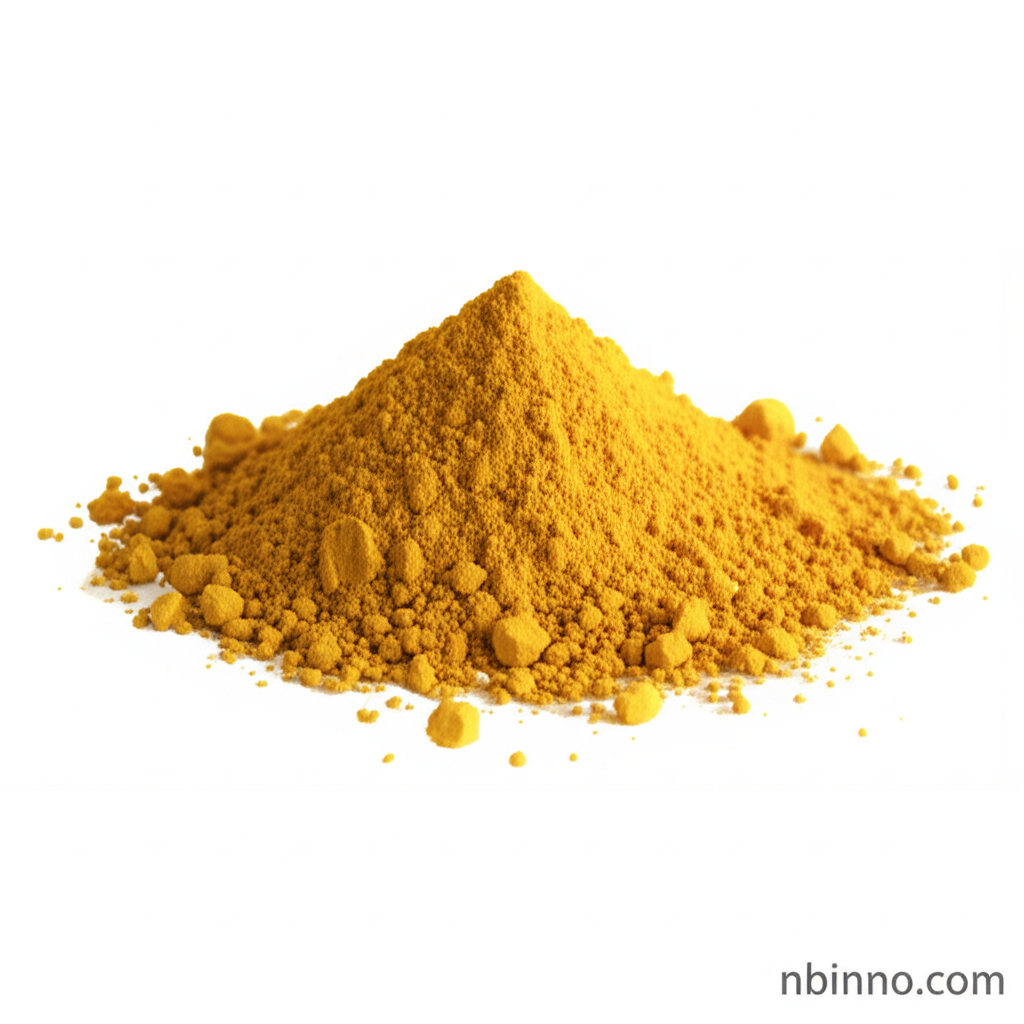Optimized Cadmium Sulfide/Titanium Dioxide/MCM-41 Nanocomposites for Efficient Visible-Light Photocatalytic Dye Degradation
Discover the power of advanced nanocomposite materials for tackling water pollution. Our innovative CdS/TiO2/MCM-41 system offers a sustainable and highly effective solution for degrading organic dyes using visible light, representing a breakthrough in environmental remediation technology.
Get a Quote & SampleProduct Core Value

Cadmium Sulfide/Titanium Dioxide/MCM-41 Nanocomposite
We are a leading supplier in China of advanced photocatalytic materials, offering the Cadmium Sulfide/Titanium Dioxide/MCM-41 nanocomposite. This material synergistically combines the light-harvesting capabilities of Cadmium Sulfide (CdS) and Titanium Dioxide (TiO2) with the high surface area and structural integrity of MCM-41 mesoporous silica. Our commitment as a manufacturer in China ensures high-quality, consistently performing products for demanding environmental applications.
- Achieve superior methylene blue degradation through the synergistic effect of CdS, TiO2, and MCM-41, leveraging the advantages of visible light photocatalysis.
- Benefit from reduced electron-hole recombination rates, a critical factor for enhanced photocatalytic activity and efficiency in wastewater treatment.
- Utilize a material with an optimized balance of light absorption and surface area, making it ideal for a wide range of dye degradation applications.
- Integrate a scalable solution for environmental remediation, supported by rigorous research and optimization using response surface methodology for robust performance.
Key Advantages
Enhanced Visible Light Activity
The combination of CdS and TiO2 extends light absorption into the visible spectrum, maximizing energy utilization for efficient photocatalytic degradation of organic pollutants.
Superior Charge Separation
The strategic coupling of CdS and TiO2 facilitates efficient charge transfer, significantly suppressing electron-hole recombination and increasing the availability of reactive species for degradation.
High Surface Area and Porosity
Incorporating MCM-41 provides a high surface area and ordered mesoporous structure, which improves the dispersion of active nanoparticles and enhances the interaction between pollutants and catalytic sites.
Key Applications
Wastewater Treatment
Effectively degrade persistent organic pollutants like methylene blue, contributing to cleaner water sources and improved environmental quality using advanced photocatalytic degradation.
Industrial Effluent Remediation
Address challenges in industrial wastewater, utilizing the robust performance of these nanocomposites for efficient pollutant removal and process water purification.
Environmental Catalysis
Apply cutting-edge heterogeneous catalysis for environmental protection, leveraging the synergistic properties of the CdS/TiO2/MCM-41 system for sustainable solutions.
Advanced Oxidation Processes
Serve as a highly efficient catalyst in Advanced Oxidation Processes (AOPs) for the mineralization of organic contaminants, offering a powerful tool for pollution control.
